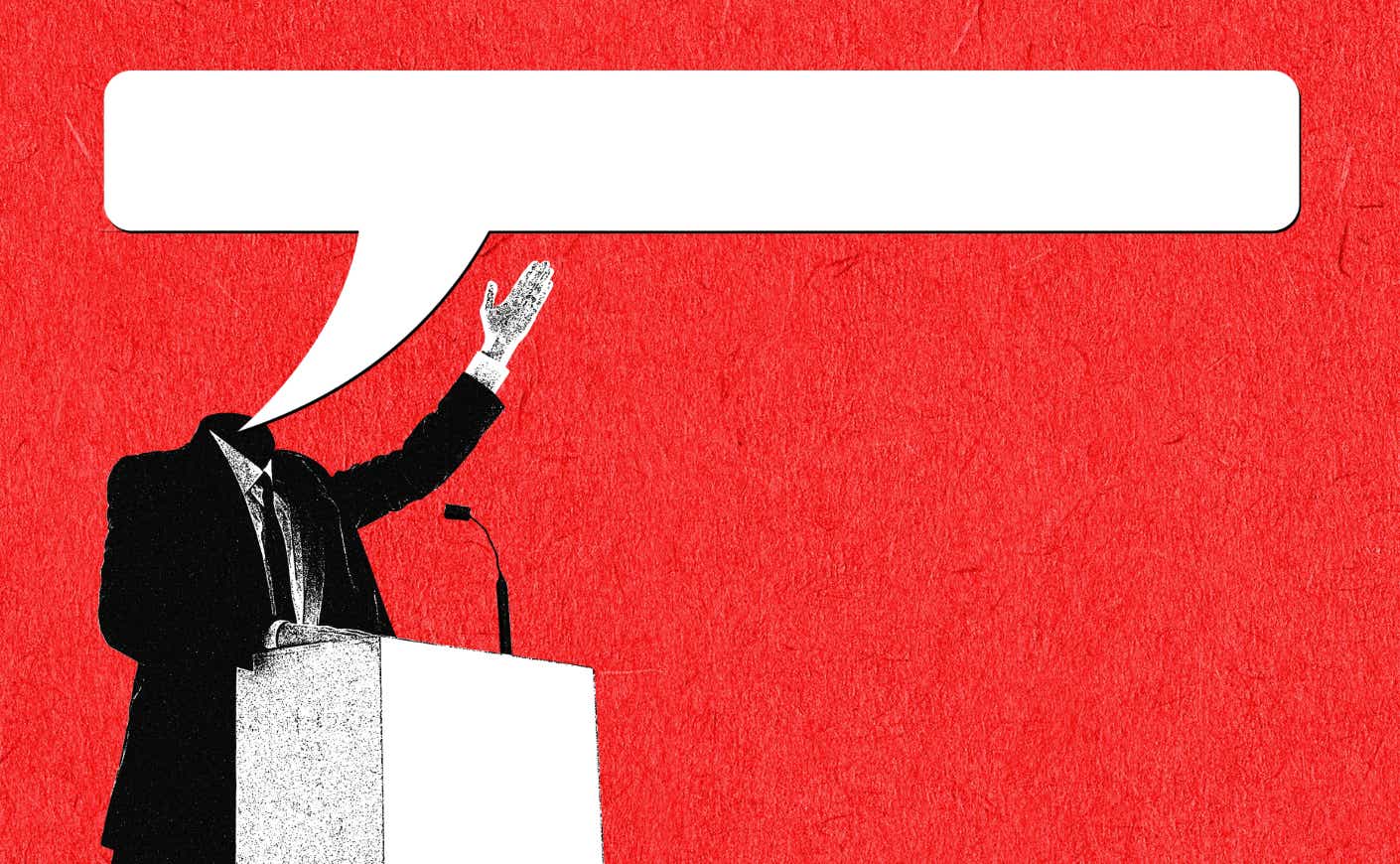President Donald Trump is set to give a big speech on Tuesday — his first address to a joint session of Congress since returning to the White House in January.
Since he’s been back in office, he’s already taken a lot of action, including making big changes to the federal government and immigration policy. This address will now allow him to highlight his plans and pitch his agenda to the American people — many of whom have some concerns. A recent NPR/PBS News/Marist poll found that 53 percent of respondents think the state of the union isn’t strong, and 54 percent believe the country is headed in the wrong direction. Despite this, the president took to Truth Social, promising to “tell it like it is” during his primetime moment.
Here’s what you need to know before Tuesday night’s speech.
What time is Trump’s congressional address?
Trump’s speech kicks off at 9 p.m. ET on Tuesday, March 4, but expect special coverage to start earlier. Once the president is done, Michigan Sen. Elissa Slotkin — a former CIA analyst who flipped a GOP seat in 2018 — will deliver the Democrats’ response. Senate Minority Leader Chuck Schumer, who has called her a rising star in the party, said she will offer a “comprehensive and clear-eyed response” on key issues, including Social Security and Medicaid.
Following that, Democratic Rep. Adriano Espaillat will provide a Spanish-language rebuttal, and Rep. Lateefah Simon will deliver a progressive response on behalf of the Working Families Party.
How can you watch Trump’s address to Congress?
You can catch Trump’s primetime event on major television networks, including ABC, NPR, Fox News, CNN, and PBS. If you prefer to watch it online, both The Hill and Associated Press plan to live stream the event on their websites.
What will Trump talk about?
House Speaker Mike Johnson invited Trump to give a joint address to Congress last month, saying he wanted him to share his “America First vision for our legislative future.” According to Fox News, the theme of the address will be “Renewal of the American Dream.”
The speech will be divided into four main sections: achievements from Trump’s second term, both domestically and internationally; the administration’s economic accomplishments; a renewed push for additional funding for border security; and Trump’s plans for global peace. That could mean a lot of things, but Trump is almost guaranteed to highlight the more than $1.7 trillion in investments made since he took the oath of office to bring manufacturing back to the United States, including increases in energy production.
On foreign policy, an unnamed White House official told Fox that the president is expected to outline his plans “to restore peace around the world,” including his mission to end the war between Russia and Ukraine. He will also focus on his administration’s work to ensure the release of all hostages from Gaza.
Who’s expected to be there?
Lawmakers from both parties in the House and Senate are expected to attend — but some Democrats are using their plus-ones to make a statement.
Massachusetts Sen. Elizabeth Warren and Illinois Rep. Brad Schneider, among others, have invited former federal workers to Tuesday’s speech in protest mass government firings and funding cuts. “What the Democrats are showing with our guests is that it’s the American people who are being hurt by the actions of Elon Musk and Donald Trump,” Schneider told The New York Times. The White House, however, sees it differently, accusing Democrats of “exploiting the American people for political points.”
As is tradition, members of the U.S. Supreme Court and Trump’s cabinet will also be in attendance. And, as always, at least one “designated survivor” will remain in a separate and secure location — someone in the presidential line of succession who could step in to lead the country if disaster struck.
Wait, is this not a State of the Union address?
A joint address to Congress and the State of the Union might seem like the same thing — after all, both involve the president speaking to a joint session of the House and Senate. They’re also big political moments where the president lays out their policy and vision. But there’s a key difference: The State of the Union is a yearly tradition required by the U.S. Constitution, in which the president looks back on the past year. A joint address to Congress, on the other hand, usually happens at other times — in this case, a president’s first major speech after taking office — so it’s not technically a State of the Union speech. Instead, it’s more about setting the stage for what’s ahead.
That approach isn’t unique to Trump. According to the nonprofit American Presidency Project, the tradition of a new president delivering an early address to Congress began with Ronald Reagan in 1981. Since then, Presidents George H.W. Bush and Bill Clinton have followed suit, each delivering their own “administration goal” speeches in 1989 and 1993, respectively.
For Trump, this speech is more than just a tradition — it’s a chance to set the tone for his second term, as Speaker Johnson noted in his invitation. But as the first president in over 130 years to serve non-consecutive terms — and with a flurry of executive orders already in motion — this one might feel a little different.









